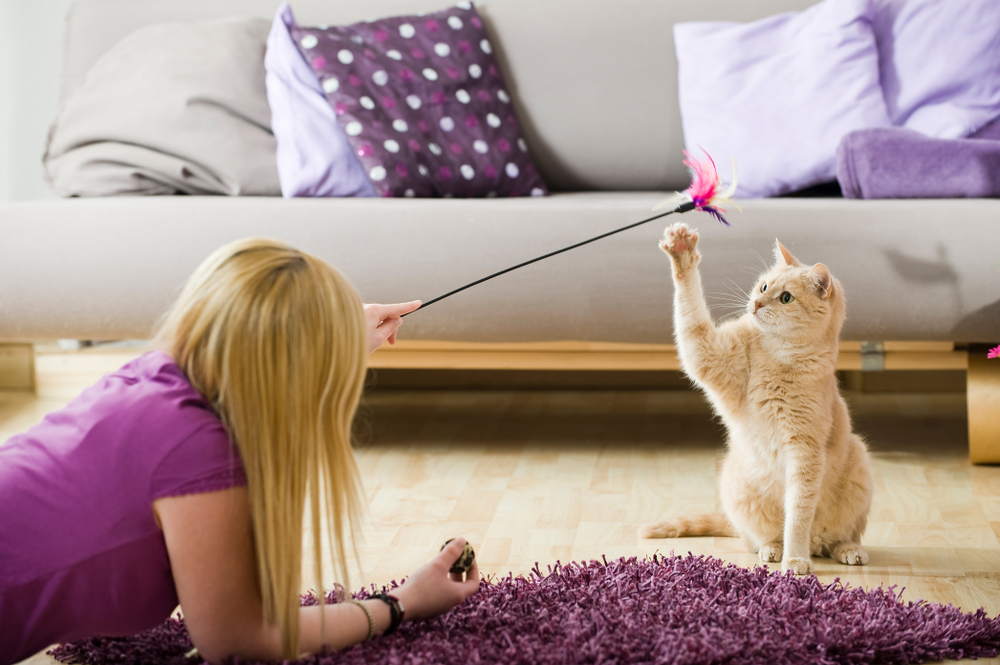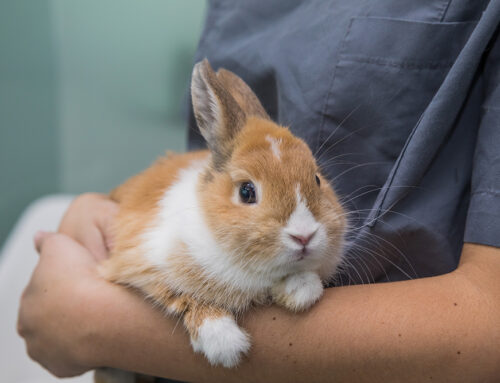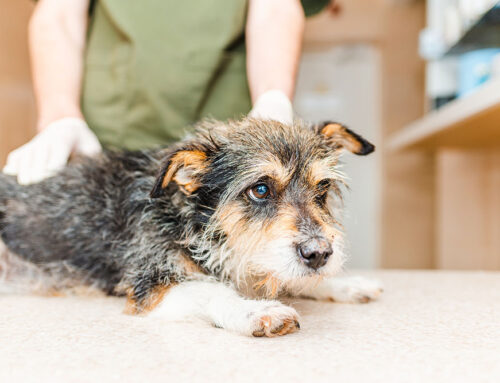Pets make excellent companions for children, and when a child grows up with a pet, their mental and physical health thrive. However, when pets and children interact, issues can arise that may put your youngster at risk. Our Parker Center Animal Clinic team knows how important pets can be in a child’s life, and we provide tips to keep your youngster safe when interacting with pets.
#1: Properly socialize your pet
To help your puppy or kitten learn to be a well-behaved and well-adjusted adult, you must expose them to numerous sights, sounds, people, and experiences. Through this socialization process, your pet is less likely to behave aggressively or strike out in fear than an animal who doesn’t receive this training.
#2: Keep your pet healthy
Keeping your pet healthy helps prevent them from transmitting diseases and parasites to your child. In addition, if your pet is sick or in pain, they are more likely to behave aggressively toward your child. Consider these pet health strategies:
- Wellness examinations — Schedule an annual wellness examination, so our Parker Center Animal Clinic team can fully evaluate your pet and ensure they are in tip-top shape.
- Vaccinations — Keep your pet’s vaccinations up-to-date. Our team will recommend your pet’s most effective vaccine protocol based on your family’s lifestyle.
- Parasite prevention — Ensure you provide your pet with year-round heartworm, flea, tick, and intestinal parasite preventive products.
#3: Enroll your dog in an obedience class
Obedience classes are a great way to establish rules and teach your dog to listen and follow instructions. These classes help your dog learn to stop jumping on people and to follow simple commands that can help keep them under control around children and in potentially dangerous situations. Obedience classes are especially important if you have a large- or giant-breed dog. Here at PCAC, we offer a great puppy class, taught by two of our very own behavior gurus, Rebecca and Brianna. For more information on our puppy class, visit our website or give us a call.
#4: Teach your child to respect pets
Some pets are great at tolerating a child’s loving embrace, but others may not appreciate this attention, potentially giving a warning bite or claw swipe. Teach your child to approach pets with respect by not forcing an interaction an animal may dislike. Teach your youngster to always give a pet the option to walk away so they don’t feel trapped. In addition, ensure your child respects their furry pal’s preference for solitude, and does not keep bothering them.
#5: Teach your child to read a pet’s body language
Learning how to read a pet’s body language can help prevent injuries. Pets communicate using body language, and children should be able to interpret what they are expressing. Specific examples include:
- Dogs — Teach your child how to determine when a dog is willing to interact and when to leave them alone. Ways to interpret a dog’s state of mind include:
- Happy — Signs a dog is happy and willing to play include tail wagging, an open, soft mouth, partially closed eyes, relaxed ears, and showing their belly.
- Upset — Signs a dog is upset or anxious and does not want to interact include lip licking, yawning, excessive panting, whining, growling, raised hackles, showing the whites of their eyes, exposing their teeth, and holding their tail between their legs.
- Cats — Teach your child how to determine when a cat is willing to interact and when to leave them alone. Ways to interpret a cat’s mood include:
- Happy — Signs a cat is happy include a relaxed body posture, ears in a natural position, tail held in an upright position with the tip curved, and mouth closed.
- Upset — Signs a cat is upset or anxious and does not want to interact include an arched back, tense posture, ears lowered and pointing to the side, open mouth showing their teeth, and a tense tail.

#6: Teach your child to ask for permission to approach a pet
If you have a sociable, easygoing pet, your child may think all pets are friendly. Teach your youngster to ask for owner permission before approaching an unfamiliar pet to ensure the dog or cat doesn’t have a history of behaving aggressively. Also, teach your child to ask the owner where their pet likes to be petted so your child doesn’t accidentally touch an animal’s sensitive spot.
#7: Ensure your child doesn’t roughhouse with your pet
Playing rough games, such as tug-of-war or wrestling, with your pet can escalate and lead to an injury. When interacting with your pet, ensure your child plays more sedate games so their furry pal doesn’t get overexcited and scratch or bite their human playmate.
#8: Monitor your child when they interact with a pet
Never leave your young child alone with your pet. The best-behaved pet can have a bad day, which may result in an irritable response if your child won’t leave their furry pal alone. If you can’t watch your child as they play with your pet, use a baby gate to keep the two separated until you are free to supervise.
#9: Teach your child not to bother your pet when they are sleeping or eating
Sleeping pets may startle and lash out if suddenly awakened, and many dogs and cats are protective of their food. Ensure your child knows they should not disturb your pet when their furry pal is sleeping or eating. In addition, to prevent them from getting between your pet and their food bowl, ensure small children are out of the room during their four-legged pal ’s mealtimes.
#10: Ensure your child washes their hands after interacting with a pet
Pets can transmit bacteria and parasites. To help prevent your child from contracting an infectious disease from their furry pal, ensure your youngster washes their hands thoroughly after interacting with a pet.
To help ensure your child can interact safely with your pet, schedule your four-legged friend’s annual wellness check with our Parker Center Animal Clinic team.






